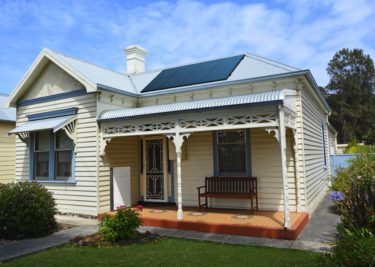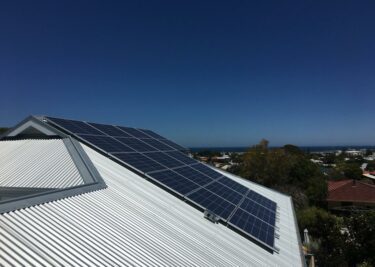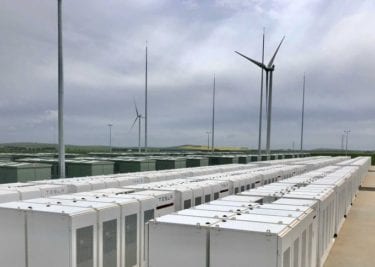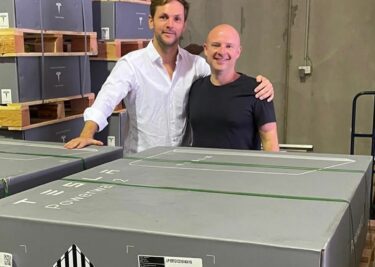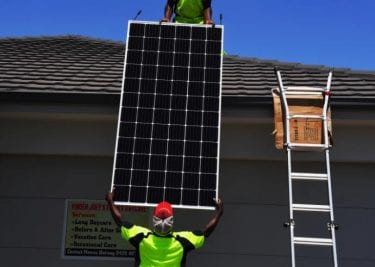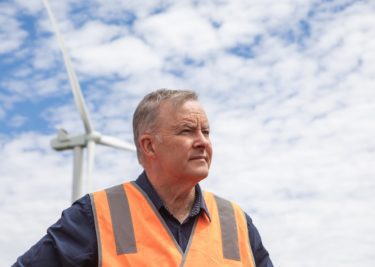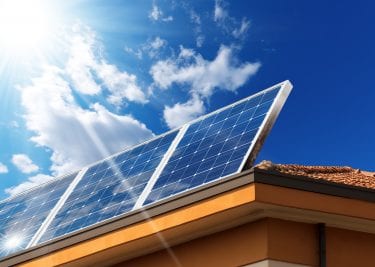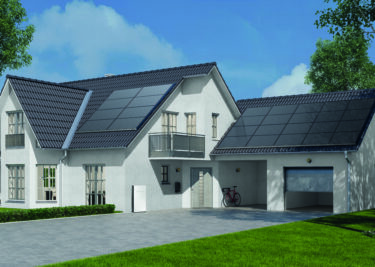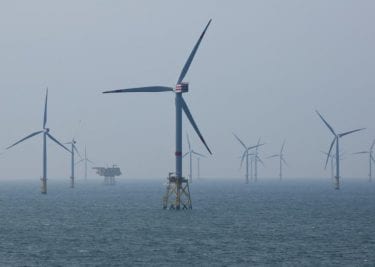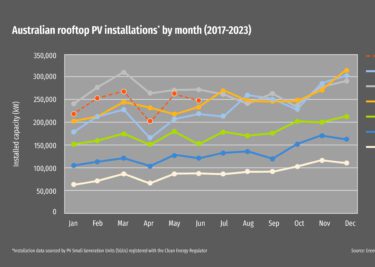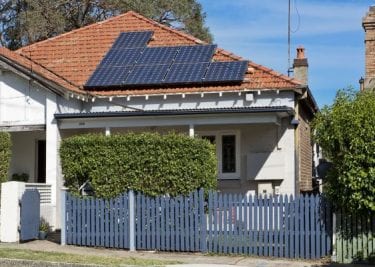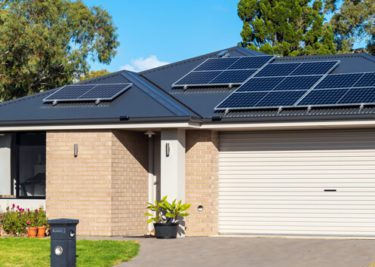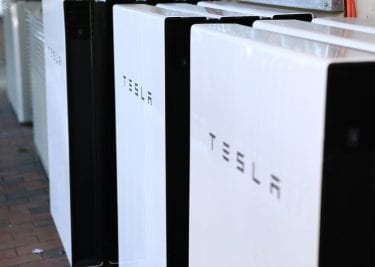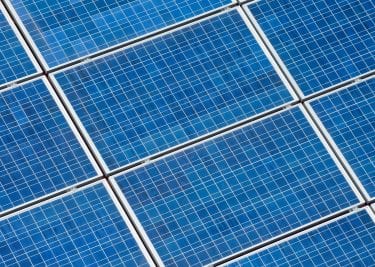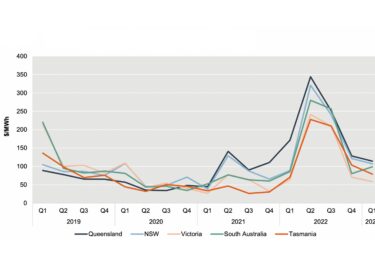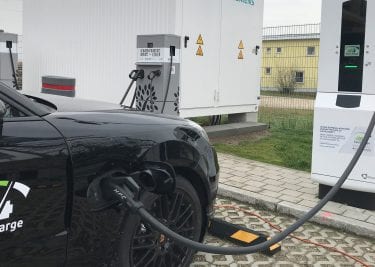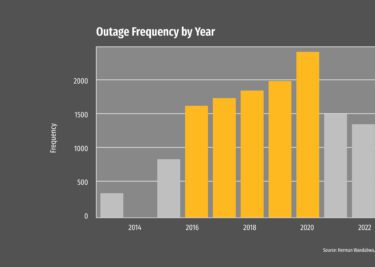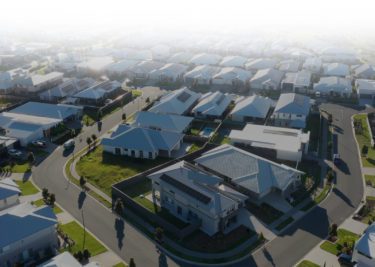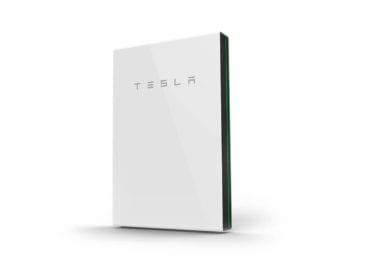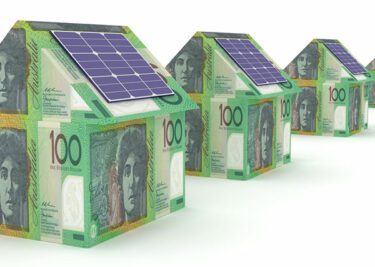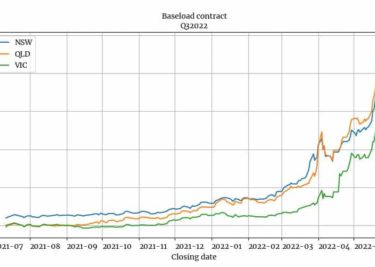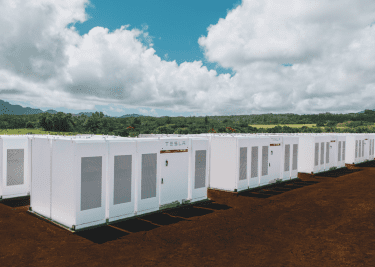A source close to the Labor government has told Sky News Australia that the Australian Energy Regulator had warned that retail electricity prices could skyrocket by 50% in 2023. The news comes after Australians were left aghast in early Oct. 2022 when the head of Alinta Energy warned that retail electricity prices could skyrocket by at least 35%.
Speaking at the Australian Financial Review’s energy and climate summit, Alinta Energy chief executive Jeff Dimery said that sky-high global energy prices are bound to impact on Australian energy consumers, and in a big way. Dimery wasn’t wrong, but it seems his dire prediction wasn’t quite dire enough.
The Regulator’s warning that 2023 price rises could skyrocket by 50% comes on the back of what has been described as “the perfect storm”’ of contributing factors, namely the belated energy transition, a global supply crisis and the accelerated rate of coal power plant closures. To borrow from the title of one of this year’s highest grossing films, the drivers of the current energy crisis seem to be “Everything Everywhere All at Once.”
2023 retail prices could skyrocket 50%
Thanks to Russia’s unprovoked invasion of Ukraine, and Europe’s tardy realisation that depending on an autocrat for its energy isn’t a smart bet, the cost of natural gas on Australia’s east coast (where prices are set by international markets) spiked. Sky News Australia reported that its source said the Ukraine conflict was “99%” responsible for the price explosion that could see average household electricity bills in NSW jump from $2,000 a year to $3,000.
According to AFR, Dimery told the summit: “When we run our modelling for energy pricing next year, using the current market prices, tariffs are going up a minimum 35%.” Not all energy bosses at the event agreed, with the heads of Origin Energy and EnergyAustralia demurring.
However, Dimery’s logic was clear and his prediction is looking like more of a bottom-line surety the closer Europe comes to winter. The fear is that retail power prices will soar into the stratospheric regions being experienced in Europe already. According to Canstar data (per SMH), power prices in Sydney and Melbourne are at an average of $0.29/kWh and $0.21/kWh respectively, compared to $0.89/kWh in London and $0.68/kWh in Berlin.
“What I’m really worried about,” Dimery told Sky News, is if we remove the safety net we’re like a trapeze artist up there with no safety net. If we close assets before new assets are due to come online that is going to force pricing higher and higher and I don’t think Australian consumers can afford that.”
Dimery went on to describe the energy transition as being like a global arms race in which Australia’s transition away from carbon intensive forms of generation hinges upon competition for global resources.
Of course, if this was strictly true then it wouldn’t only be select eastern states that are really suffering. Western Australia’s foresight in reserving a portion of its gas production for domestic use along with its access to low-quality coal that it doesn’t sell internationally, mean its prices are fairly stable. Consumers in the Northern Territory remain protected by long-term gas contracts, and the Australian Capital Territory’s 100% renewable electricity means it has little to worry about.
Nevertheless, in his address to the Summit, the CEO of the Australian Energy Market Operator (AEMO), Daniel Westerman, noted: “As variable renewable energy becomes the mainstay of our electricity generation, investors will struggle further with the inherent volatility of wholesale prices, and customers will baulk at long periods of elevated pricing.”
What can be done?
What has been made eminently clear in recent times is that price volatility in the energy market looks set to continue. Indeed, earlier this year a number of small electricity companies told their customers to jump ship or risk a huge spike in their bills.
While some power bill relief is expected in the federal budget, the only sure way for homeowners to protect themselves from this volatility is to install solar panels or to add panels to an existing array. And while many may still baulk at the investment necessary for a home battery like Tesla Powerwall, many Australians are making the switch to self-sufficiency for the peace-of-mind home energy storage provides.
After all, the only way to shield oneself from the terror of the next power bill is to know that you’re not vulnerable to the whim of Russian autocrats or profit-hungry “gentailers” that should’ve decarbonised their portfolios long before geopolitical circumstances forced their hand.

